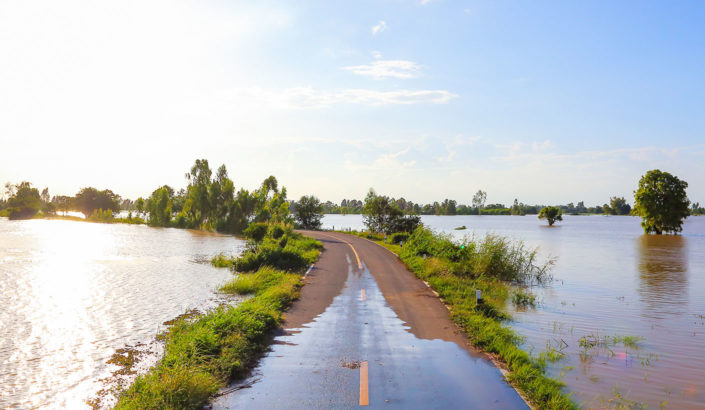Strategies for Teacher Well-Being
Here are some evidence-based strategies for supporting teachers’ resilience and well-being:
Try self-distancing…
- …or the practice of observing your thoughts, emotions, and behaviors, as if you were an objective third part or a “fly on the wall.” Studies have found that using self-distancing during a difficult situation can decrease the intensity of the emotional experience, make us less likely to ruminate, and more likely to engage in constructive problem-solving.
After a challenging conversation with a disgruntled parent, a frustrated principal decides to practice distancing himself from the situation so that he can see it more objectively. He tries several different self-distancing methods: 1) he writes about it; 2) he uses third-person pronouns (i.e., he and she) rather than “I” as he describes it, and 3) he asks himself how he might feel about this conversation in a week, a month, or even a year?
Practice mindfulness.
- Non-judgmental, present-moment awareness is good for teachers’ mental health and can enhance their relationships with students.·Several mindfulness studies with educators indicate that a few weeks of practice may result in a decrease in burnout and an increase in emotion regulation and resilience. Regular mindfulness practice may also influence the way teachers view and relate to their students. After nine weeks of mindfulness practice, some teachers report that they are more likely to positively evaluate challenging students and that they have a greater tendency to forgive them.
Be kind to yourself.
- Researcher Kristin Neff describes “self-compassion” as “the practice of quieting the inner critic, replacing it with a voice of support, understanding, and care for oneself.” Studies suggest that adults high in self-compassion and well-being experience less burnout, anxiety, depression, and self-criticism, and an increase in coping skills and well-being.
Challenge your thoughts.
- Cognitive reappraisal involves questioning and shifting your interpretation of a situation or event, and many studies show that it can help to lessen both emotional and physical feelings of anxiety and buffer our stress response.
A student yells at his teacher in front of the class “You don’t know how to teach math!” Later that day, the teacher is still flooded with a mix of emotions, including embarrassment, frustration, anger, so he takes a few minutes to ask himself these questions about the situation: “What am I thinking or imagining? What makes me think the thought is true or accurate? Is there another way to look at this? What action can I take right now?”
Learn to identify and name your emotions.
- In a review of multiple studies, researchers found that emotional suppression, avoidance, and denial are related to an increase in mental health challenges. On the other hand, research suggests that actually labeling our emotions can decrease the amygdala response—or the part of the brain associated with emotional responses. In other words, “name it to tame it.”
Get up and get moving.
- Research studies clearly demonstrate that regular physical exercise can bolster your quality of life, but did you also know that simply doing things that you don’t necessarily feel like doing can also lift your spirits? Twenty research studies link behavioral activation—or engaging in activities despite feeling depressed or isolated—with greater happiness and well-being.
After a grueling and emotionally draining week at school, a school psychologist wanted to spend his whole weekend on the couch watching movies. He felt depleted and unable to reach out for support. When a group of colleagues called and invited him for coffee and a walk on Saturday morning, he wanted to say “no,” but he pushed himself to go and meet them anyway. After just a few minutes with his friends, he felt his spirits lift, and he ended up feeling re-energized.
Seek support from friends or colleagues.
- Research tells us that social support can make us more resilient to stress, mitigating the effects of secondary traumatic stress and burnout. We simply cannot do this work alone, and there are lots of opportunities to connect (especially if you feel like you don’t have the time). Join a professional learning community, meet other teachers weekly at a restaurant or bar to grade papers and talk. Run together, practice mindfulness together, or spend five minutes each morning doing yoga stresses before class.
Practices

Are you ready to build a kinder, happier school where everyone belongs? Join Greater Good Educators! Explore the science of well-being in a supportive community of educators from around the world. Registration is now open for the 2025-2026 school year!


